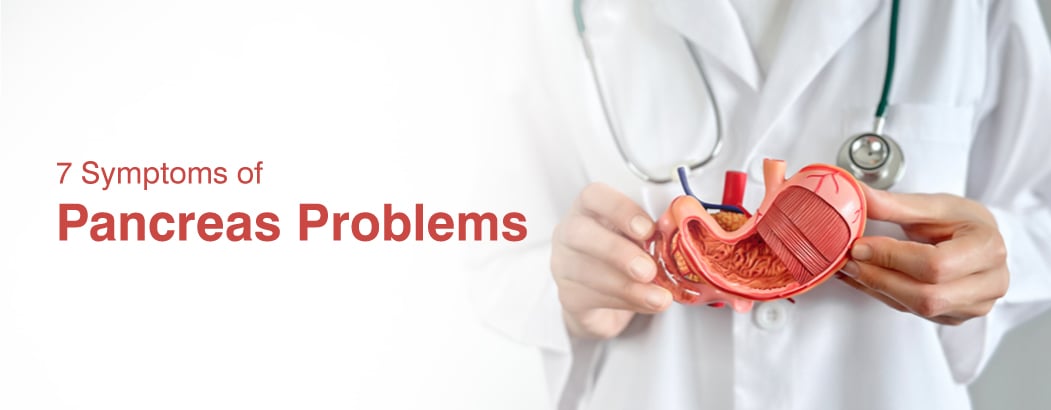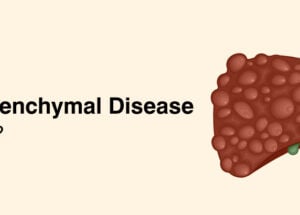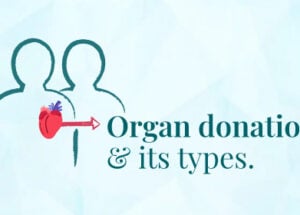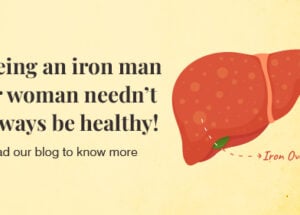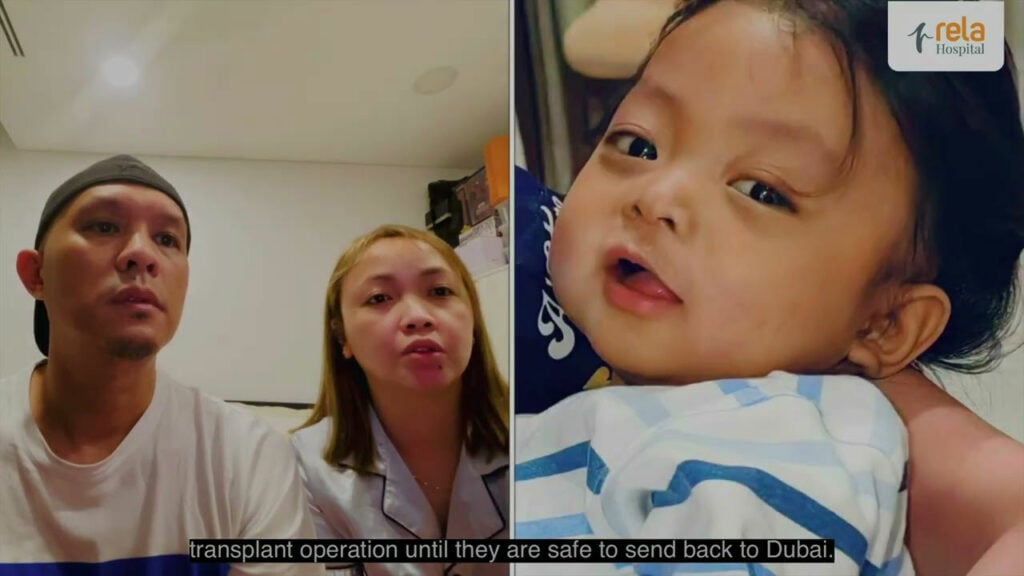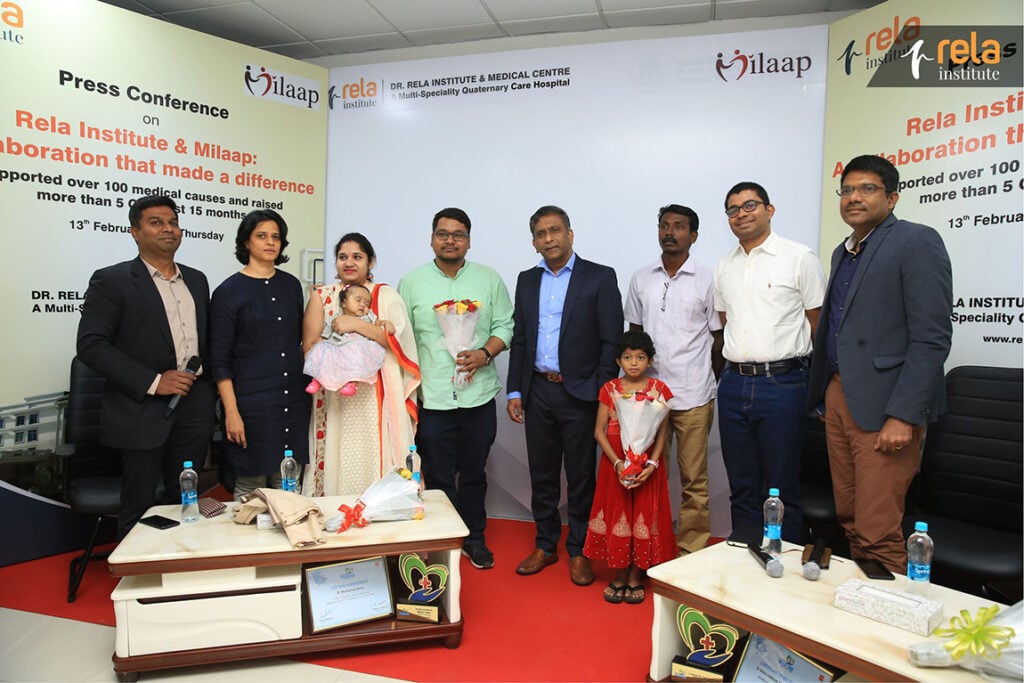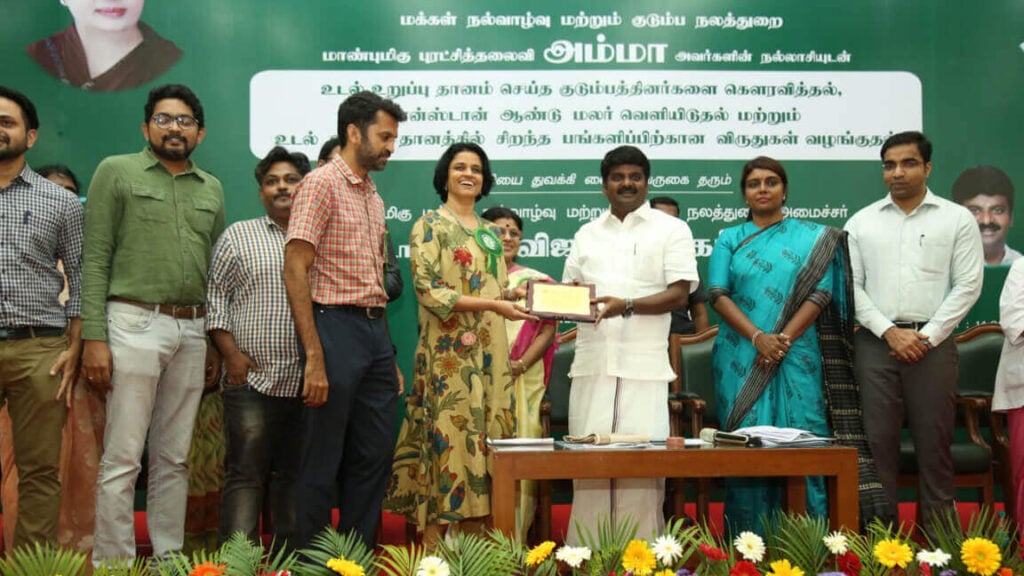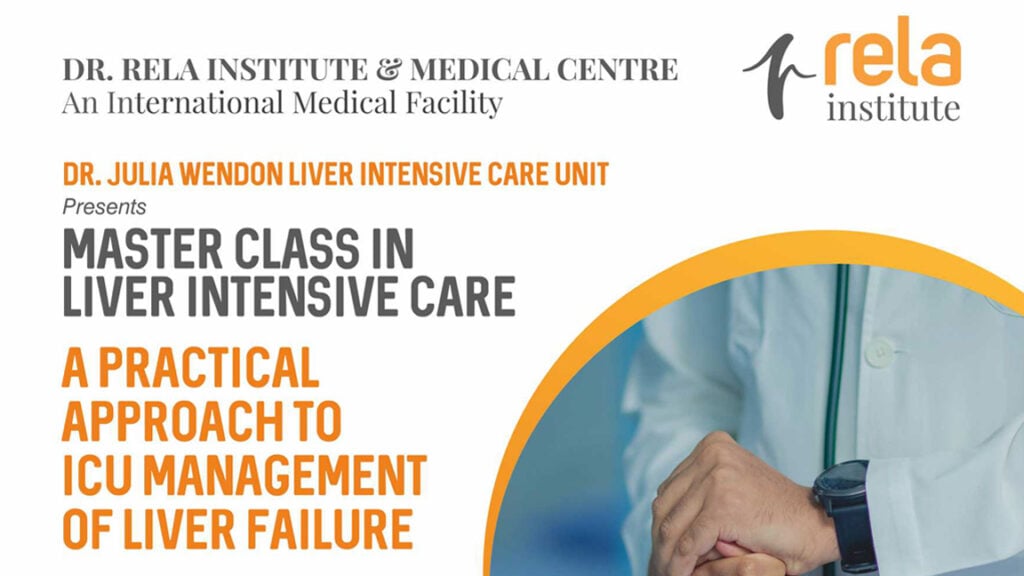Living Donor Liver Transplantation
This is the most common form of liver transplantation in India and the Eastern world. A close relative who is fit and healthy and is voluntarily willing to donate can donate a part of his/her liver for the patient. The transplanted liver works immediately and then grows to the necessary size in the patient over a few months. The donor liver regrows much more rapidly and would have reached the normal size in 4-6 weeks. The main advantage of living donor liver transplantation is that it avoids prolonged and uncertain wait for a cadaveric liver graft. This means that the patient can be transplanted at the earliest time before he/she becomes too sick. Also, the date of the operation can be planned when it is convenient for the patient, donor and the operating team. Recovery of patients can be quicker as the patient is better prepared. The quality of the liver graft is also better than a cadaveric liver graft which is recovered from a dying patient.
Who is a Suitable Living Liver Donor?
Any healthy person can be considered as a living liver donor. We will usually consider adults over 18 years but less than 50 years for assessment, when fit and healthy, Even the over-50s have successfully donated to save their loved ones. The potential donor should be blood group compatible. We only consider close family relatives as potential donors. Documentation as prescribed by governmental authorities to prove the existence of a blood relation is necessary to proceed with donation.
How is Liver Donor Assessed?
The potential donor undergoes a battery of tests, scans and specialist consultations to assess the fitness. The entire donor process may take 3-4 days, though occasionally it can be longer. If during any of these tests a problem in the donor is identified which can increase the risk of surgery then further testing will not be continued and the donor will be informed (in private if requested by the donor) about it. On an average, 50% of all tested donors can proceed with liver donation. The aim of these tests is to
Confirm that the donor and patient are blood group compatible.
Confirm that the donor has a healthy liver and excellent liver function.
Assess the size of the liver and make sure that when divided into two parts during the donor operation, the removed liver will be sufficient for the patient to recover while the donor will be left with enough amount of liver to help make a quick recovery from the operation.
To assess the overall health of the donor in terms of his heart function, lungs, kidneys. Various specialists including an independent assessor (a physician outside the transplant team) and a senior anesthetic consultant will also see the donor. This is important as donors with health problems such as diabetes, heart disease or lung problems will not be considered suitable for donation.
The donor will also have private discussions with the transplant team members and the psychologist to evaluate whether the donor want to undergo the donor operation voluntarily.
What are the Risks of Living Liver Donation?
Surgery for liver donation is a technically complex procedure and only units with good experience should carry out these procedures. The extensive workup done for the donor is mainly to identify any risk factors in the donor which may affect the outcome. Risks of the procedure are low though not zero. The risk of serious donor complications causing death is rare and the internationally quoted risk is 1 in 300. Other complications such as bleeding, infection, bile leaks or clots in the leg veins occur in about 10% of donors and most can be treated effectively with medications or minor procedures. Less than 2 in 100 donors will need a second operation to treat a complication.
What Documents are Necessary for LDLT (Living Donor Liver Transplantation)
The Government required a list of documents from the patient and donor to give approval for living donor liver transplantation. The documentation is primarily to verify the quoted relationship between the donor and recipient and also to confirm that both have full information regarding the nature of surgery and possible complications.
Finalizing the Date for Surgery?
It is natural that patients and donors would like to have the operation done with at the earliest possible date. However, the surgery can only be scheduled once the assessment is complete, the governmental approval process is complete, and the plan has been formally discussed in the team meeting. In addition, in patients who are very sick, it may be appropriate to delay the operation until he/she is optimized to the best possible extent. This will improve the chance of an excellent outcome after transplantation.
What happens in donor surgery?
The donor operation usually takes 6-8 hours. It is carried out under general anesthesia. The liver is divided into two according to the pre-decided plan while taking care to preserve its blood vessels. At the end of the surgery, the removed part of liver is flushed with preservation fluid and stored in ice. The wound is carefully closed after leaving a plastic tube in the abdomen, which will stay for about 4-5 days but occasionally longer.
What happens after donor surgery?
After donor operation, the donor is transferred to the Liver ICU where he/she will be carefully monitored for 2-3 days. An epidural catheter will be placed in the back prior to surgery in the operating room and continuous pain killer medication will be administered in the ICU through this to keep the donor comfortable and pain free. The donor will have regular blood tests and scans to ensure that the liver is recovering well. He/she will be made to get out of bed and walk a few steps in the ICU itself and will be started on diet. Once stable, he/she will be transferred to the Ward where he/she will stay for another 4-5 days. The average duration of stay in hospital is 7 days. The donor is well, on normal diet and walking comfortably by the time of discharge.
What are the Risks of Being a Living Liver Donor?
There are no long-term side effects of liver donation. The liver regenerates within 4-6 weeks to its normal size. The operation should not impact the donor’s studies, career options, diet, exercise, pregnancy and family.


